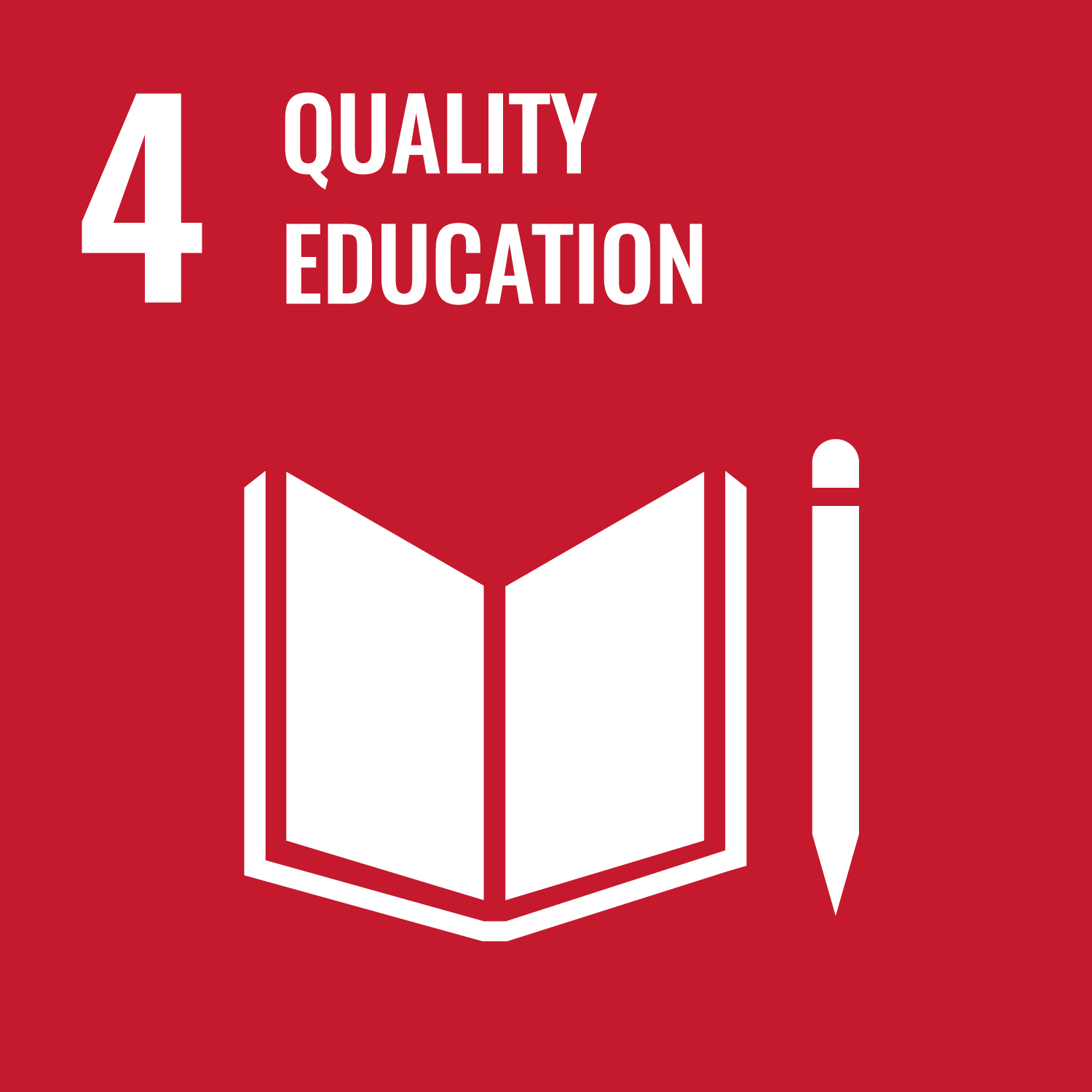Earth science education and awareness in the Philippines especially for the greater general public remains at its nascent stage. This despite the fact that the Philippine archipelago is one of the most natural hazard-prone areas in the world. With volcanic eruptions and earthquakes a reality because of our location at tectonically active margins, the Philippines has had its share of calamities brought about by today’s climate change. Extreme weather resulting to stronger typhoons and heavy rainfall have caused landslides. Higher sea level has already inundated coastal communities. The public also has to be made aware and responsible for the role of humans in these disasters, often exacerbating the effects of these natural forces.
Museums have played a critical role in informing the public and non-specialists on many aspects of the natural and manmade world. These venues are known to be “educational spaces … providing opportunities for learning and discussion” (Peabody Museum, 2020). The UP NIGS-UPGAA Geology Museum primarily aims to fill the gap in classroom learning of most earth science subjects/courses taught from early grades to university level. The Museum is the only one in the country that presents minerals, rocks and fossils in a systematic way with actual specimens. Museums tend to be seen as static displays and repositories. The offering of activities as the visitors are moving through the museum is a needed enhancement to complement the displays and exhibits and improve the quality and impact of the visit. This study intends to fill the gap in classroom learning in most earth science courses in the Philippines from the early grades to high school. While some activities have been designed in the past for some grades, there is a need for a new set of activities that museum docents can use to enhance the museum visit of the elementary and high school visitors and their teachers. This proposed study aims to produce learning activities and improved docent guides for the Museum designed for certain age/grade level groups from grade school to high school.
This research addresses UN Sustainable Development Goals for Quality Education (SDG 4).
